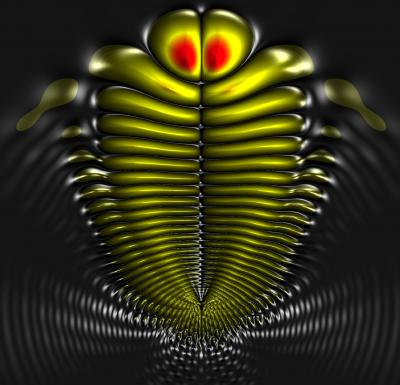 Friday, November 25, 2011 at 1:20PM
Friday, November 25, 2011 at 1:20PM Phyicists Find a Charge Separation in a Molecule Consisting of Two Identical Atoms
"A dipolar molecule forms as a result of a charge separation between the negative charged electron cloud and  the positive core, creating a permanent electric dipole moment. Usually this charge separation originates in different attraction of the cores of different elements onto the negative charged electrons. Due to symmetry reasons homonuclear molecules, consisting only of atoms of the same element, therefore could not possess dipole moments."
the positive core, creating a permanent electric dipole moment. Usually this charge separation originates in different attraction of the cores of different elements onto the negative charged electrons. Due to symmetry reasons homonuclear molecules, consisting only of atoms of the same element, therefore could not possess dipole moments."
"However, the dipolar molecules that were discovered by the group of Prof. Tilman Pfau at the 5th Institute of Physics at the University of Stuttgart do consist of two atoms of the element rubidium. The necessary asymmetry arises as a result of different electronically excited states of the two alike atoms. Generally this excitation will be exchanged between the atoms and the asymmetry will be lifted. Here this exchange is suppressed by the huge size of the molecule, which is about 1000 times larger than an oxygen molecule and reaches sizes of viruses. Therefore the probability to exchange the excitation between the two atoms is so small that it would statistically only happen once in the lifetime of the universe. Consequently, these homonuclear molecules possess a dipole moment. A permanent dipole moment additionally requires an orientation of the molecular axis. Due to their size the molecules rotate so slowly that the dipole moment does not average out from the viewpoint of an observer."
Reader Comments